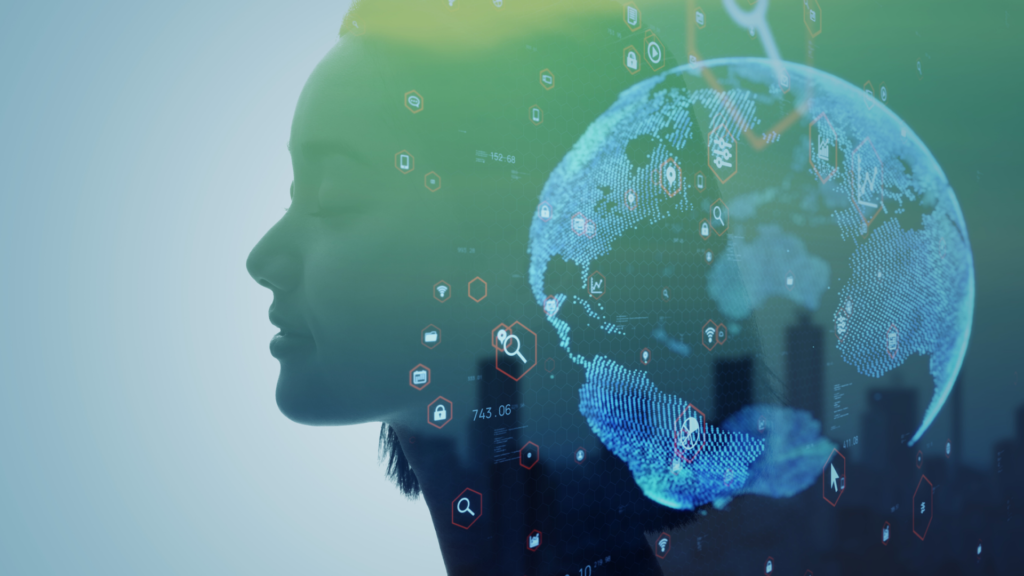
Artificial intelligence is becoming increasingly important in today’s business environment. However, it is still unclear whether artificial intelligence will significantly alter the way we live or not. This uncertainty leads to the question: Can technology associated with artificial intelligence assist us in achieving a more sustainable future?
To answer this question, myriad forms of artificial intelligence such as big data, deep learning, computer vision, and cloud computing are making wonders. This is due to the fact that these technologies rely heavily on the utilization of power and heat to function, which makes AI detrimental to the environment. But still the issue is how to protect the environment and make it more sustainable.
To address the aforementioned issue, measures that can help firms become more sustainable must be implemented. Avoiding overfishing and using less chemicals and energy sources are the ways to achieve this. With AI becoming a front runner in unlocking the next steps to sustainability, this article delves deeper into the substantial number of cases.
The ability of any machine or computer to simulate human abilities such as learning from examples and experience, object recognition, language comprehension and response, decision-making, and problem-solving is referred to as artificial intelligence. By combining these many abilities, the machine can perform difficult tasks such as driving a car.
The use of AI has increased as a result of its successful deployment in previously unthinkable applications, such as scheduling your day with Siri or Alexa. To enable a sustainable outlook on business operations, leaders from all around the world have included AI into their strategy. For instance, Google uses AI to reduce its resource-intensive data centers’ energy consumption by 40%, and Carbon Tracker uses AI to track the emissions from coal plants and recommend investments in less-damaging businesses.
There are many different situations, and these scenarios are very helpful in achieving sustainability.
There is little doubt that the increased measurement and knowledge of artificial intelligence’s environmental effects will significantly speed up the transition to a sustainable future. This technology has advanced to stop climate change and cut greenhouse gas emissions while becoming a trillion-dollar function, even if there are still certain obstacles to overcome.
